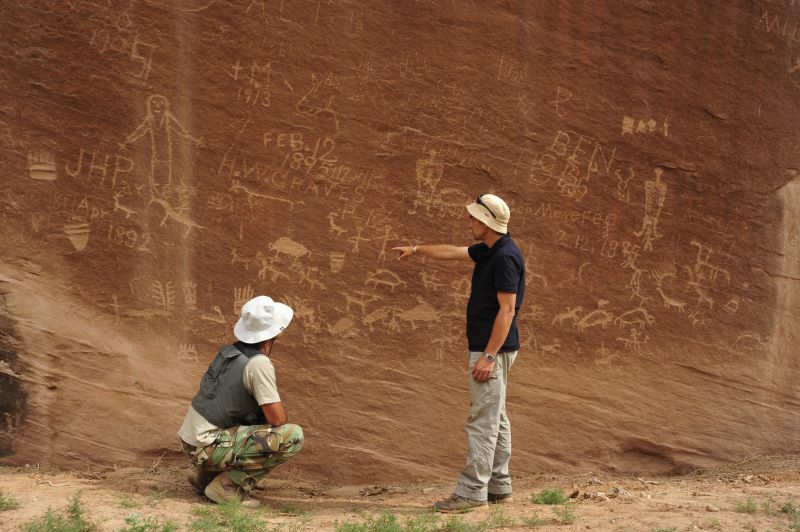
A team of archaeologists from the Jagiellonian University (UJ) in Krakow, Poland, led by Dr Radosław Palonka, Professor at the UJ Institute of Archaeology, has discovered, on the border between the states of Colorado and Utah in the USA, huge galleries with Indian paintings and rituals dating to different periods, previously unknown to science. The oldest of them, depicting shamans and warriors, have been dated by researchers as far back as the 3rd century AD.
The Indians of the time lived mainly on flat land, in semi-nomadic dwellings sometimes surrounded by wooden palisades. They were involved in agriculture and the production of distinctive baskets and mats. Most petroglyphs date from the 12th and 13th centuries.
These engravings vary in form, some of them geometric figures forming complex patterns and spirals. From the 15th-17th centuries, when the area was inhabited by Ute Indians, large narrative scenes of hunting buffalo, mountain sheep and deer appeared on the rock panels.
Read more: https://www.uj.edu.pl/wiadomosci/-/journal_content/56_INSTANCE_d82lKZvhit4m/10172/154919907









